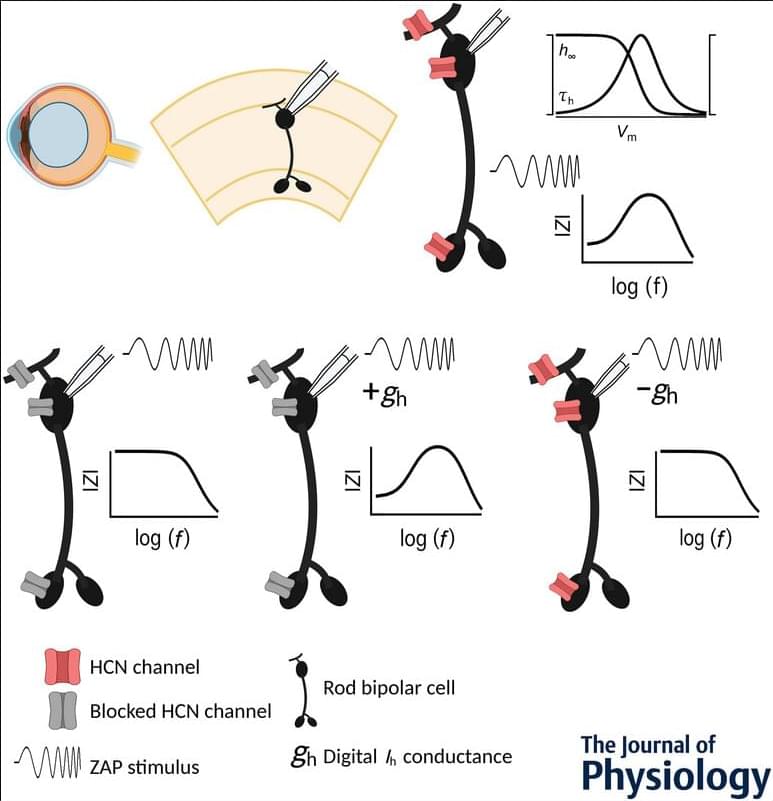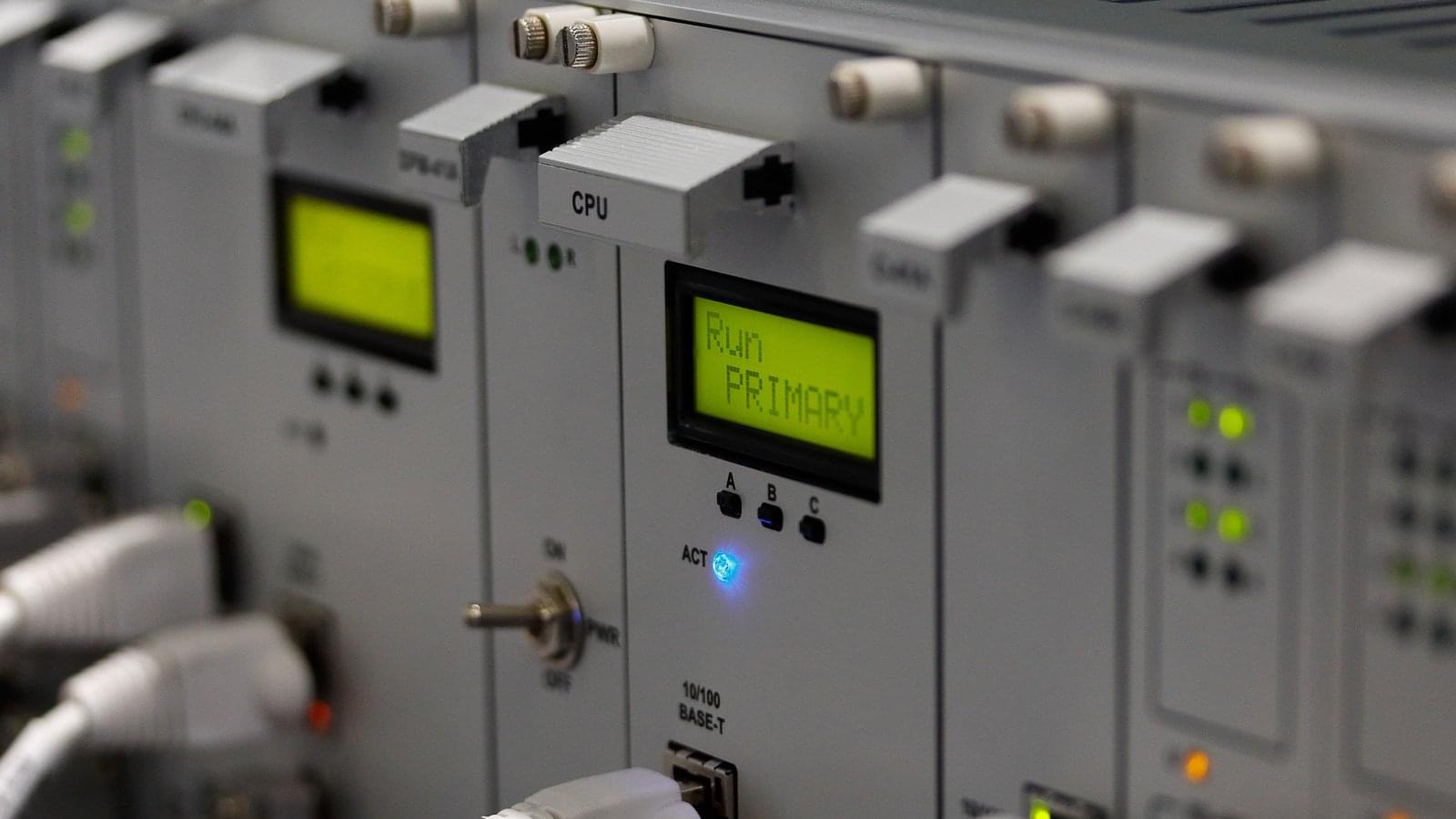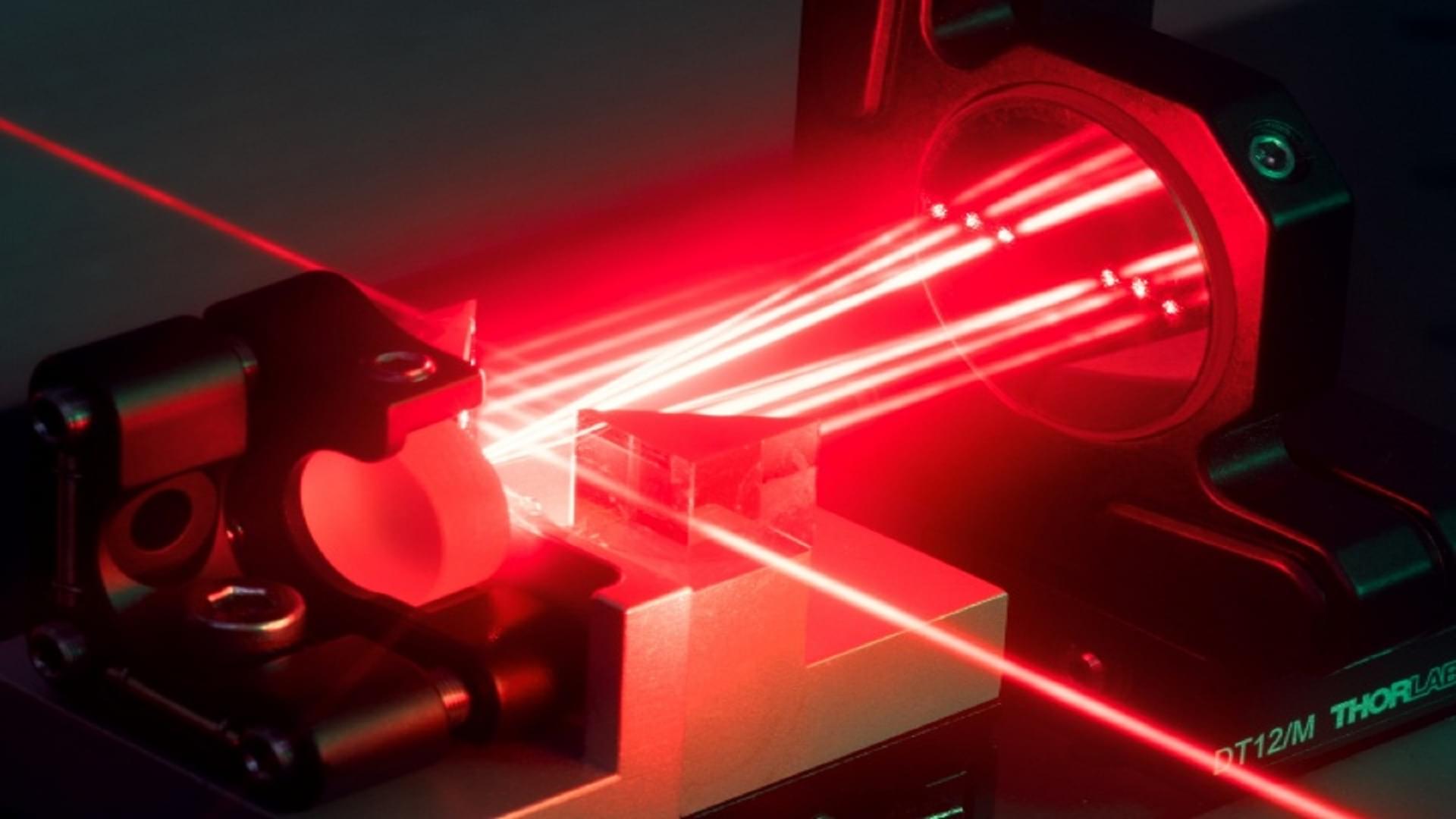A new record is expected to be reached by TSMC in regards to its 3nm process, with analysts estimating that monthly wafer units could reach 160,000 units by end of 2025



#nuclearalert 🔥 Protect your online life today🔒 Get 73% OFF NordVPN + 3 Months FREE:👉 https://go.nordvpn.net/aff_c?offer_id=612&aff_i…

Several malicious packages on NuGet have sabotage payloads scheduled to activate in 2027 and 2028, targeting database implementations and Siemens S7 industrial control devices.
The embedded malicious code uses a probabilistic trigger, so it may or may not activate depending on a set of parameters on the infected device.
NuGet is an open-source package manager and software distribution system, enabling developers to download and include ready-to-run. NET libraries for their projects.




Xpeng Motors has accelerated its humanoid robot ambitions, unveiling the advanced IRON model with solid-state batteries and aiming for mass production by end-2026. Paralleling Tesla, the Chinese EV maker is also launching robotaxis, blending automotive and robotics tech for future dominance. This move signals a transformative shift in AI and automation.